Pentagram brings chess into a new era
Pentagram has created a new identity for World Chess, the organisation that operates the World Chess Championship.
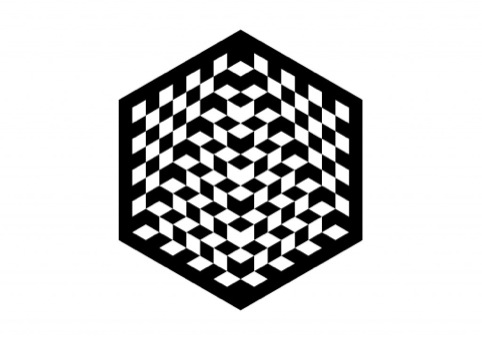
The consultancy was brought on to the project by entrepreneur Andrew Paulson, who bought the rights to the World Chess Championship last year.
Paulson’s plan is to return chess to its 1970s levels of popularity, when stars such as Bobby Fischer and Boris Spassky fought out tense matches.
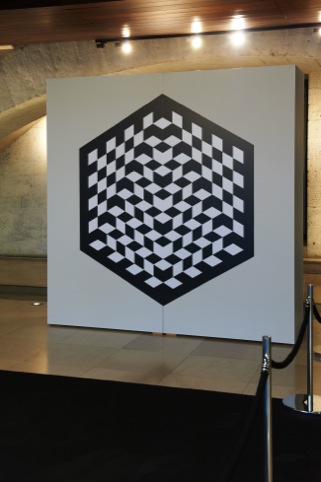
He is aiming to introduce new televised and interactive coverage of the championships, to boost popularity.
Pentagram says it was tasked to give the World Chess Championship ‘an identity, campaign and experience that could restore its reputation as a contest between the world’s greatest minds and capture the interest of a new generation’.
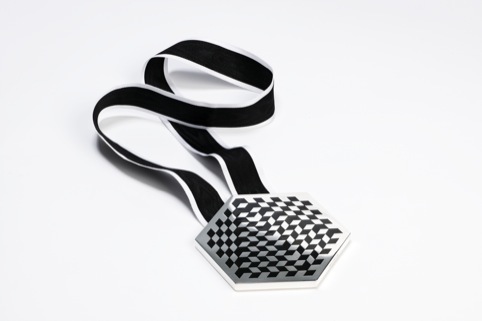
Partners John Rushworth, Naresh Ramchandani and Daniel Weil all worked on the project, with Rushworth working on the identity, Ramchandani on campaign work and Weil on environmental design for the championship games.
Pentagram came up with the name World Chess for Paulson’s organisation, from which competition names such as World Chess Championship and World Chess Junior Championship were developed.
The identity is conceived as a black-and-white trompe-l’oeil, which is designed to look like a 3D chess board. A smaller version of the identity has been developed for broadcast, as well as a moving version for title sequences.
A campaign has been developed around the line ‘The best mind wins’. Different executions by guest illustrators will be created for each tournament match.
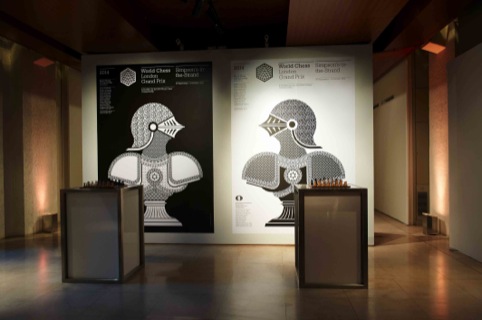
The Rushworth-designed campaign for London Grand Prix qualifier, which was held at Simpsons-in-the-Strand, featured two opposing knights.
Meanwhile Weil has created the playing environment, which also has to act as a set for the television audience who are watching.
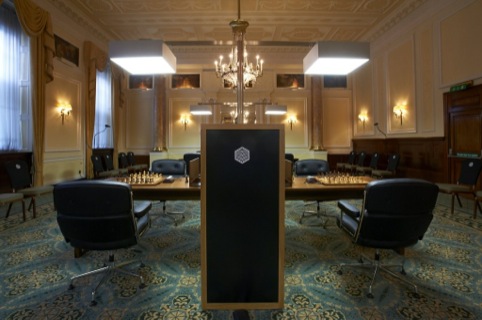
The environment is based around a double chess station, which features two boards either side of a central spine, with task lights hanging over the boards.
Pentagram says this gives the feeling of ‘a study, rather than a stage’. Materials including oak, walnut and metal have been used.
Pentagram says, ‘The geometry of the tables, spine and lights all combine to frame the human contest between the players, a set designed for the camera to enable a larger audience to watch and play.’
-
Post a comment




